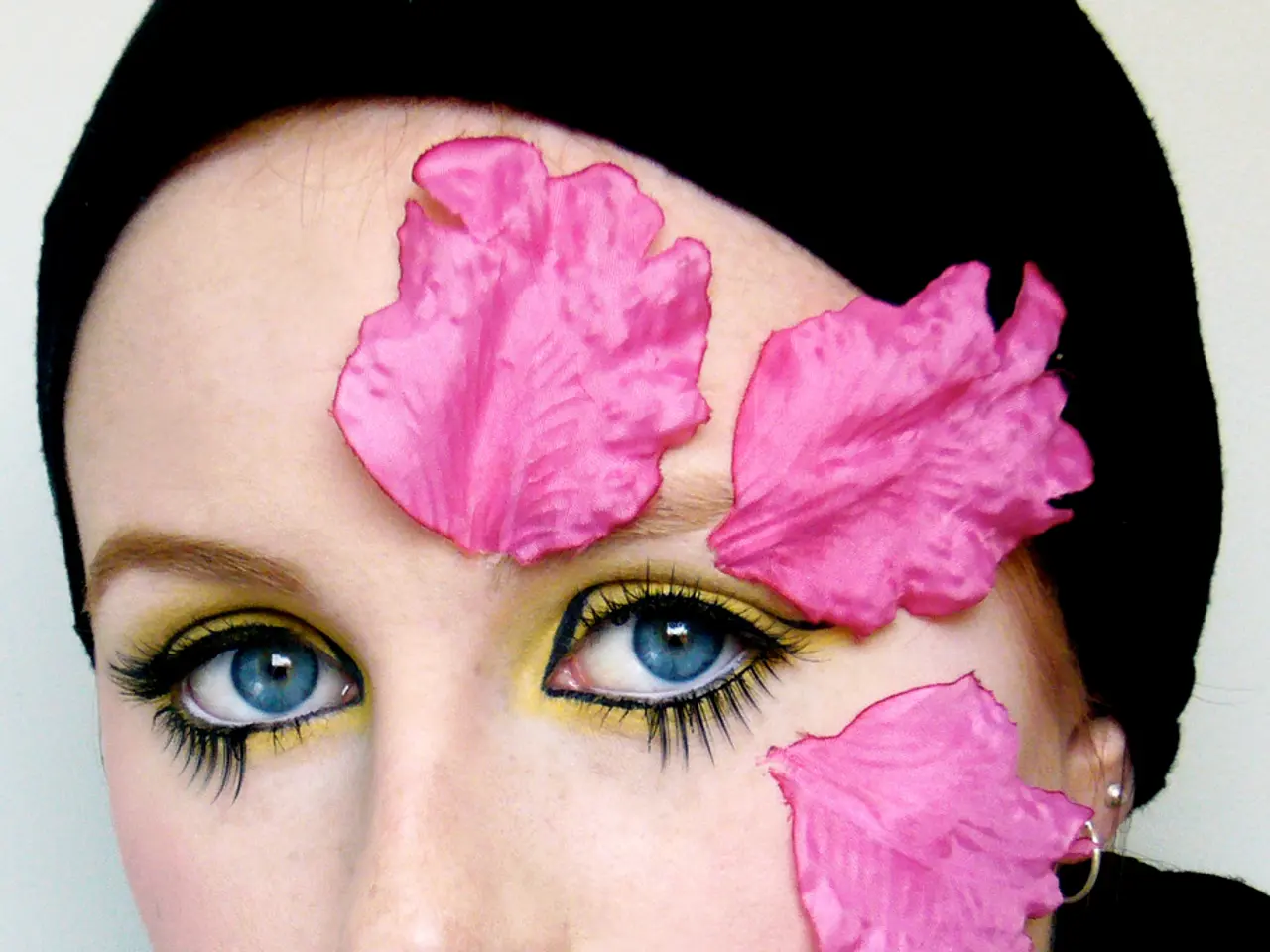East Asians are already engaging in face-shaping practices, and it seems Kim is profiting from this trend.
In the world of beauty, trends come and go, but some manage to make a lasting impact. One such trend that has been gaining popularity, particularly in the East Asian beauty industry, is the practice of face shaping. This trend, which has now reached Western shores, has been co-opted by the beauty industry to promise a more defined jawline, with the latest addition being the Seamless Sculpt Face Wrap by the Kardashians' shapewear brand, Skims.
Priced at $48, the Seamless Sculpt Face Wrap resembles a post-surgery compression garment, designed to make the jawline, particularly the chin, look more defined over time. However, its effectiveness is a subject of debate. Allure magazine found that plastic surgeons do not believe the Seamless Sculpt Face Wrap can significantly change the jawline.
The trend behind the Skims face wrap originates from the East Asian beauty industry, where face wraps have been popular for years. In fact, the practice of gua sha, a traditional East Asian healing technique, has been adapted to create sharper, more Western-looking jawlines. Gua sha, dating back centuries in Chinese medicine, involves using a smooth-edged tool to promote blood flow and relieve pain on the face.
However, the Western adaptation of gua sha often strips the practice of its broader medicinal and cultural context, reframing it mainly as a cosmetic tool. This appropriation raises discussions about cultural respect and the commercialization of traditional knowledge without full acknowledgment of its origins or holistic significance.
The East Asian beauty industry's focus on Western beauty standards is not new. Double eyelid surgery, which creates a visible crease in the upper eyelid, is the most common form of plastic surgery in South Korea today. Similarly, many face-shaping tools in East Asia are now designed to create a sharper, more Western-looking jawline, such as viral Korean face-shaping tape.
This trend of physically molding the face to meet Eurocentric beauty standards is not unique to East Asia. Countries impacted by colonialism have also adopted these standards, making face shaping a means of achieving these ideals.
The Skims face wrap is drawing attention on social media, adding to the ongoing conversation about the beauty industry's appropriation of traditional practices and the pressure to conform to Western beauty standards. As we navigate this trend, it's essential to remember the rich history and cultural significance of practices like gua sha and to approach these trends with a critical eye.
References:
- Gua sha: What is it and how does it work?
- Gua sha: The ancient Chinese healing technique making waves in the beauty world
- The history of gua sha
- The healing power of gua sha
- What is gua sha and how do you do it?
- The Western adaptation of the East Asian practice of gua sha, traditionally a healing technique in Chinese medicine, has been rebranded as a cosmetic tool, sparking discussions about cultural respect and the commercialization of traditional knowledge.
- Despite the controversy surrounding its commercialization, the practice of face shaping, as seen in the trend of the Seamless Sculpt Face Wrap by Skims, has also extended its influence to the health-and-wellness industry, promising mental-health benefits such as stress relief and improved circulation.
- The rise of the Skims face wrap in Western beauty culture raises questions about the role of business in perpetuating Eurocentric beauty standards, especially in light of the ongoing health debates surrounding its effectiveness.
- In the realm of culture and lifestyle, the fashion-and-beauty industry's tendency to appropriate traditional practices can be seen as a mirroring of broader societal attitudes towards traditional knowledge, calling for a more nuanced and rigorous examination of cultural exchange in today's globalized world.




